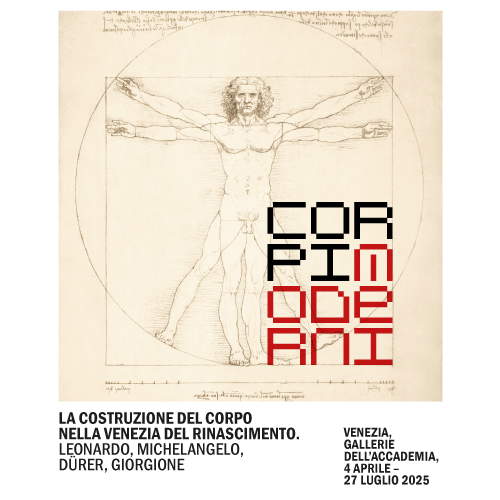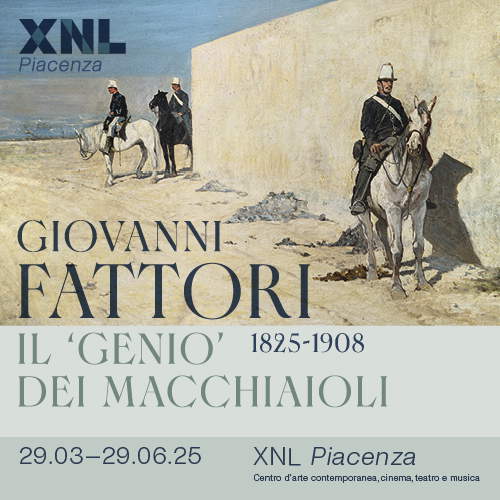A seventeenth-century archbold sculpture between nature and art in the Horti of Pavia
Two eyes made of chestnuts, a nose shaped like a fig, cheeks resembling onions, a forehead resembling a quince, and an artichoke chin whose leaves bend to form two showy mustaches. It is The Keeper of the Kitchen Garden, an imposing Mannerist stone sculpture nearly two meters tall, which will be on display from April 12 to September 21, 2025 in the Extra Art Space of the Horti of the Almo Collegio Borromeo in Pavia.
The work, which comes from the private collection of Ernesto Della Torre Piccinelli, represents a unicum in the artistic panorama of the time: a rare example of three-dimensional transposition of the poetics of Giuseppe Arcimboldo (Milan, 1526-1593), the famous Milanese painter who in the middle of the 16th century disrupted portrait canons by composing human physiognomies through vegetables, fruits, flowers and animals.
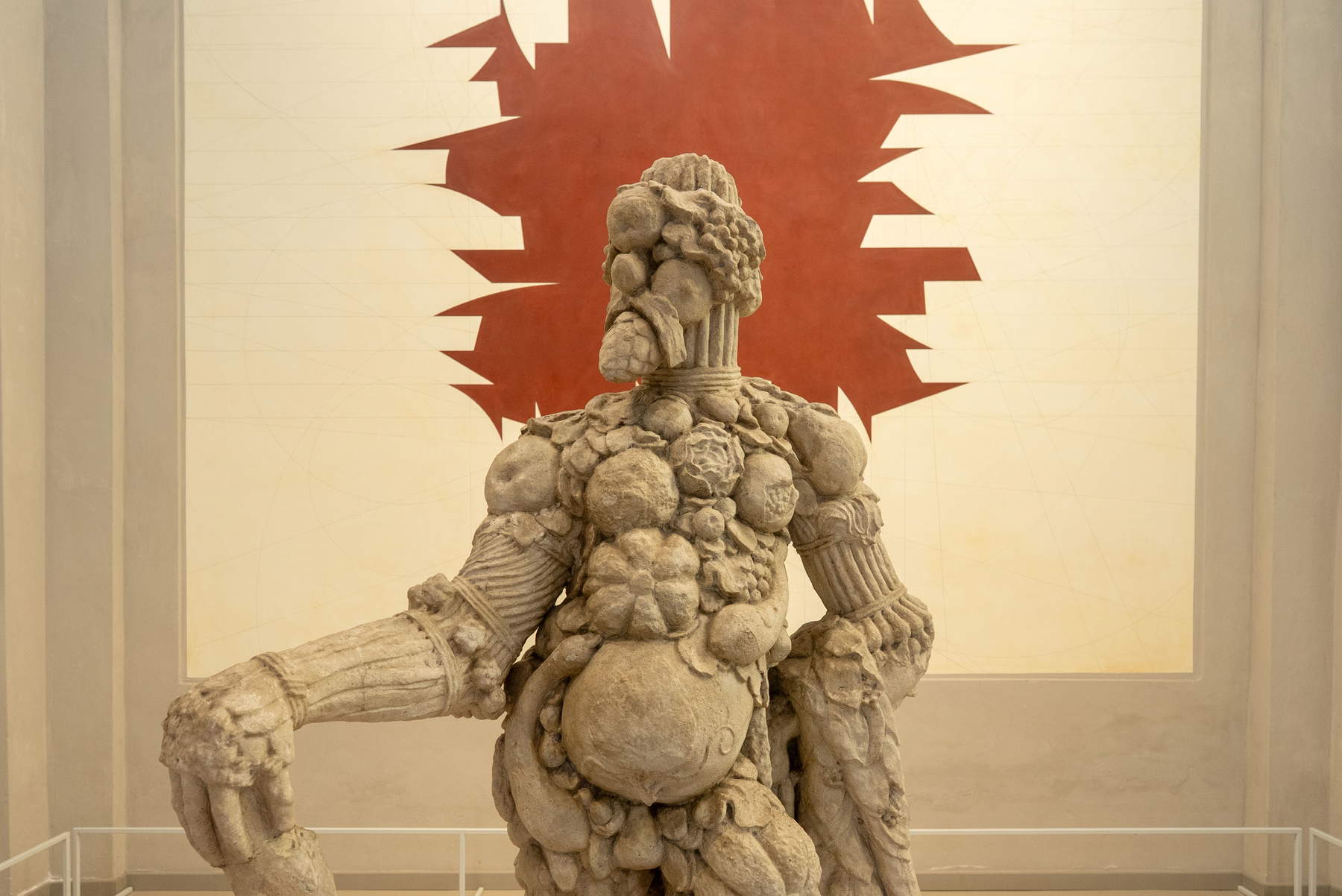
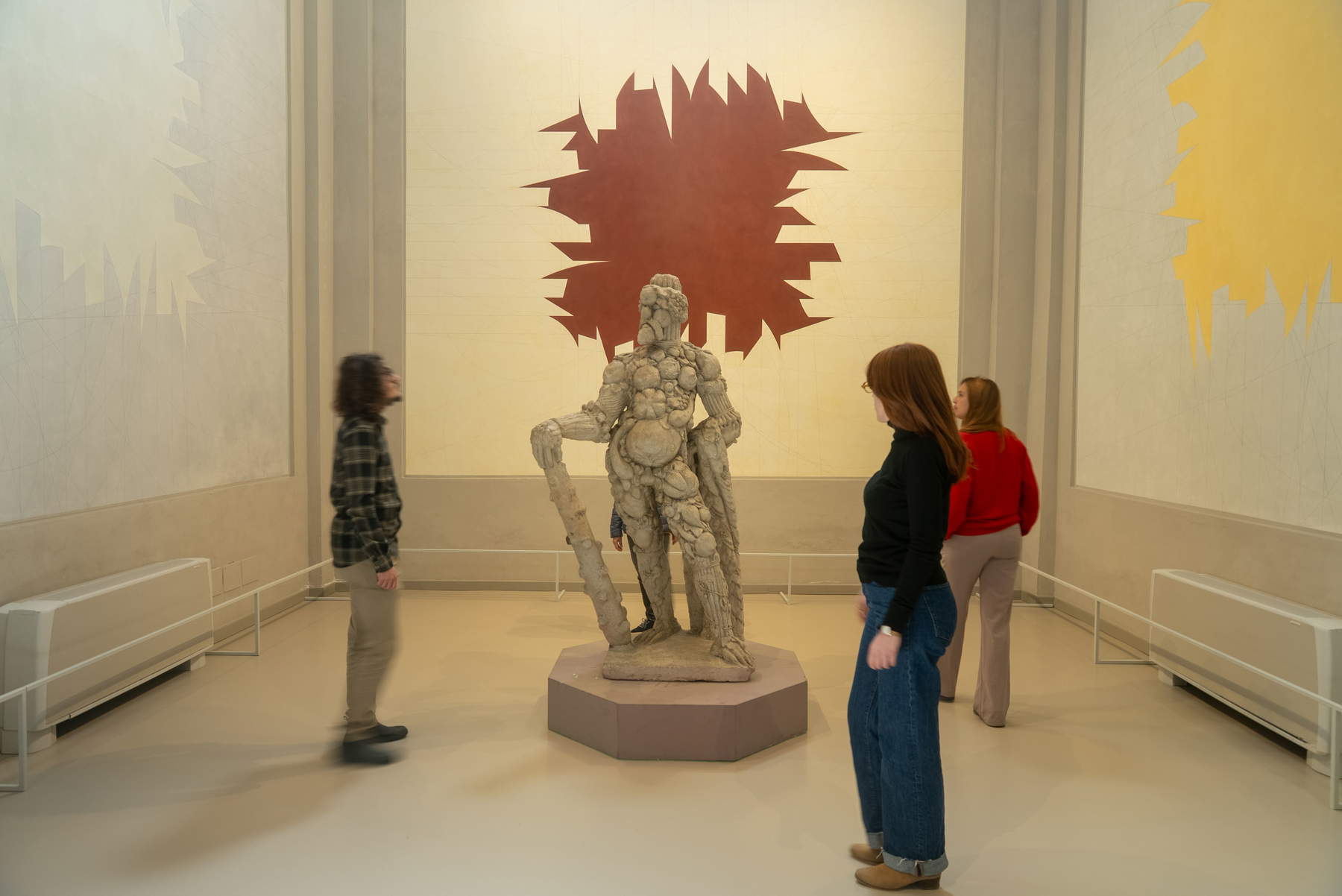
If Arcimboldo’s fame is linked to painting and his composite heads, Il Custode dell’Orto represents an exceptional plastic variant of it, created in the late sixteenth and early seventeenth centuries by a Lombard sculptor who has remained anonymous. An absolute singularity, considering the rarity with which the Milanese artist’s imaginative universe was transposed into sculpture. The work, never before exhibited to the public in this context, is the protagonist of an exhibition organized in collaboration with Galleria Canesso and is presented as a point of contact between art, history and ecological reflection. Making the Pavia installation even more fascinating is the dialogue between the sculpture and the permanent pictorial intervention by David Tremlett, a British artist known for his wall drawings and ability to dialogue with architecture. The interaction between past and present, between solid matter and chromatic gesture, reinforces the contemporary reading of the work.
Nature, man and metamorphosis: a timely message
The visionary imagery of Arcimboldo, who as early as the 16th century investigated the intimate connection between human beings and the environment, finds an enduring and powerful form in this sculpture. Man, literally composed of natural elements, becomes Nature himself. A fusion that, in the reading proposed by the exhibition, is transformed into a pressing invitation to care for the planet.
If originally the work could be conceived as the symbolic protector of a private vegetable garden, today it becomes an emblem of a collective urgency: that of guarding the Earth, threatened by climatic and environmental crises. In this sense, the exhibition not only enhances a rare example of Mannerist art, but also proposes an ethical reflection on human responsibility toward the environment.
A Mannerist colossus linked to Leonardo
According to expert Susanna Zanuso, among the leading scholars of Lombard sculpture, The Keeper of the Garden should beplaced within late Lombard Mannerism, in a phase that shows clear Leonardo influences. Indeed, the sculpture evokes Leonardo’s so-called “heads of character,” those strongly marked, caricatured but at the same time believable physiognomies that Leonardo had used to study the emotions and variety of the human soul. Wisdom in plastic rendering, compositional invention, and subtle irony make the work something very different from the often superficial and mannered Archimedesque imitations.
It is precisely the balance between fantasy and structural coherence, between playfulness and formal rigor, that is the most striking aspect of the sculpture. Each plant element is logically integrated into the construction of the figure, resulting in a body that is not only symbolic, but also believable in its unreality.
The dialogue with the Collegio Borromeo
The work fits perfectly into the architectural and historical context of the Almo Collegio Borromeo. Founded in 1561 at the behest of St. Charles Borromeo and designed by Pellegrino Pellegrini, known as Tibaldi - the same architect who oversaw the arrangement of Milan Cathedral - the Collegio represents an illustrious example of late Renaissance architecture, with decorations and frescoed rooms that dialogue well with the Mannerist poetics of the work on display.
The Salone degli Affreschi, for example, with its decorations inspired by classicism and Christian symbolism, strengthens the link between The Keeper of the Garden and the environment in which it is presented. In a sense, the plant colossus and the venue that houses it speak the same language: that of the tension between order and invention, between nature and culture.
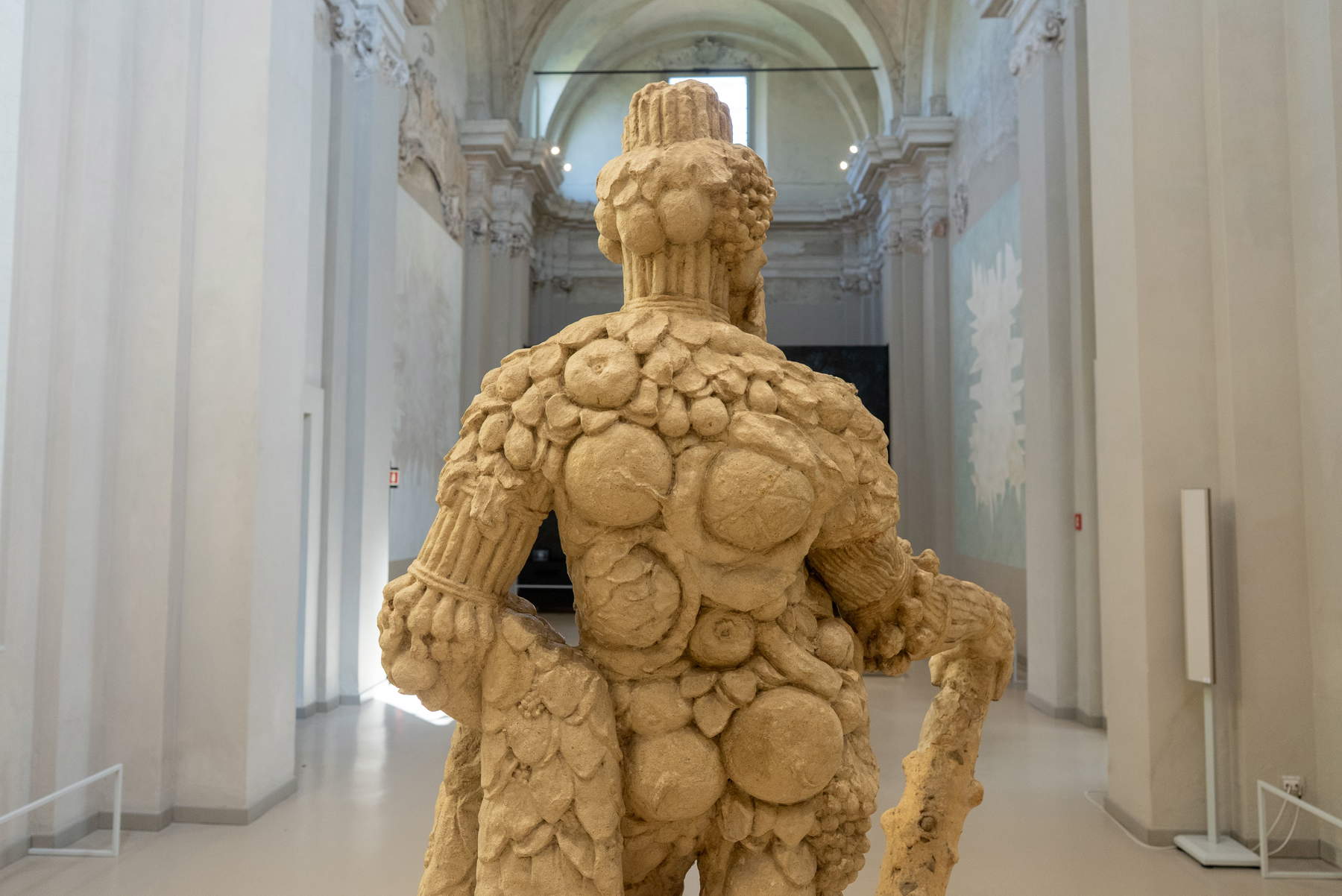
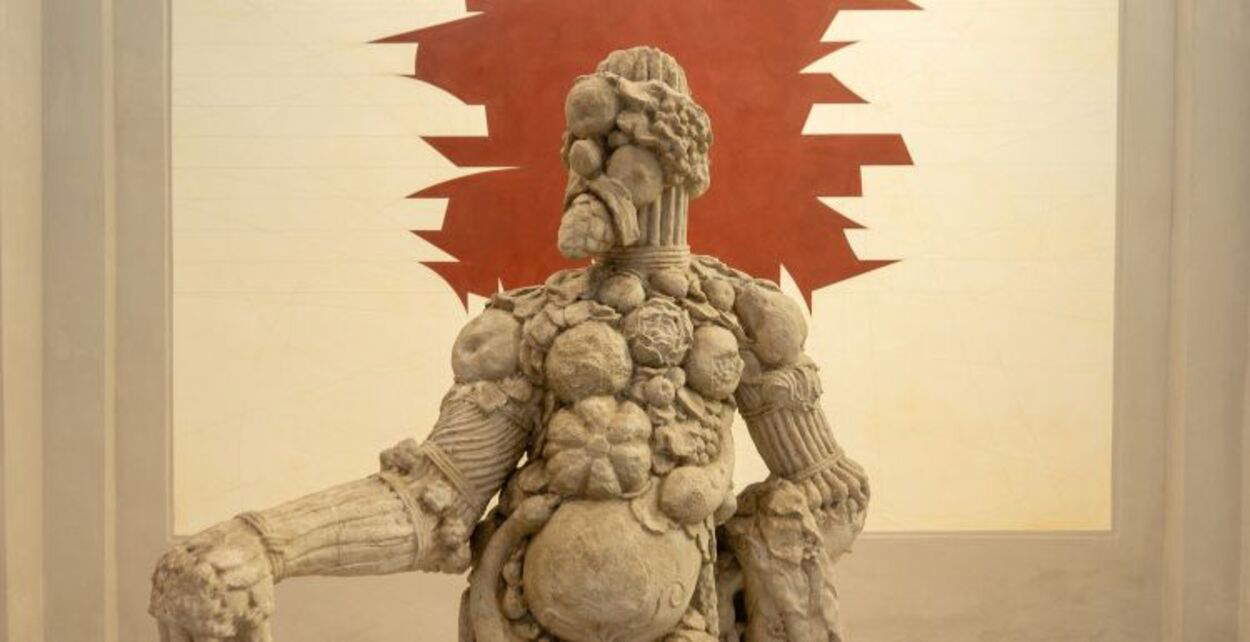 |
| A seventeenth-century archbold sculpture between nature and art in the Horti of Pavia |
Warning: the translation into English of the original Italian article was created using automatic tools. We undertake to review all articles, but we do not guarantee the total absence of inaccuracies in the translation due to the program. You can find the original by clicking on the ITA button. If you find any mistake,please contact us.





